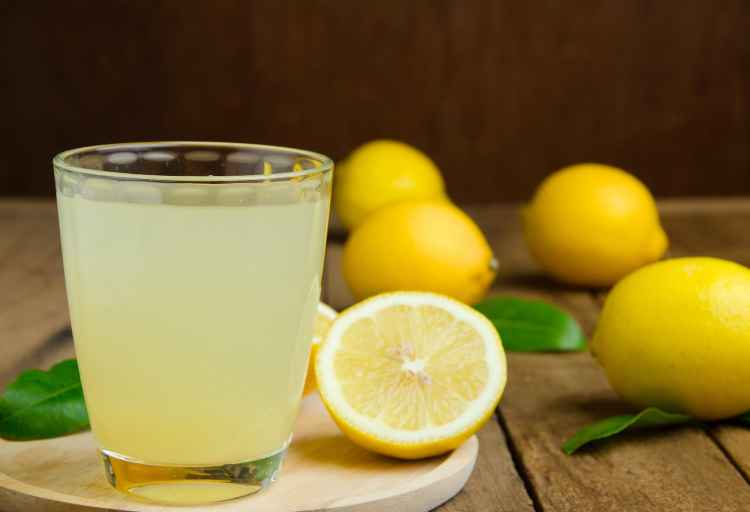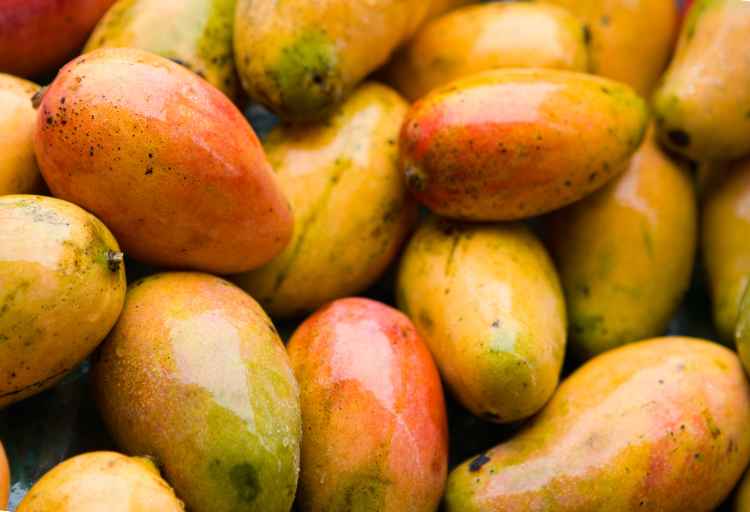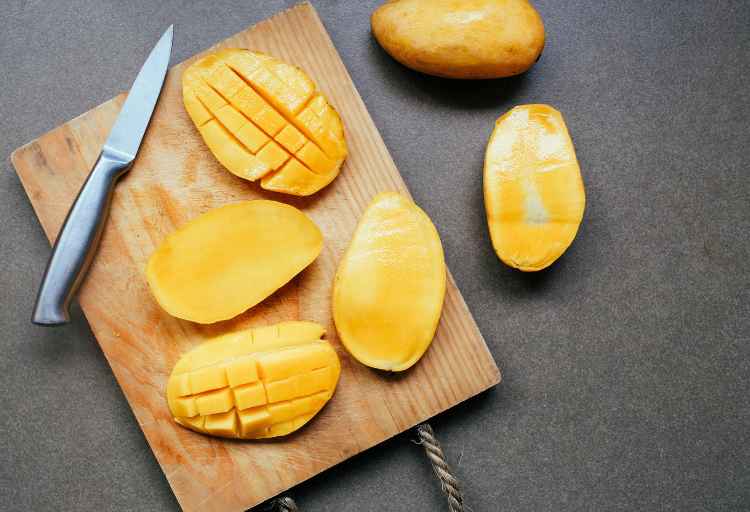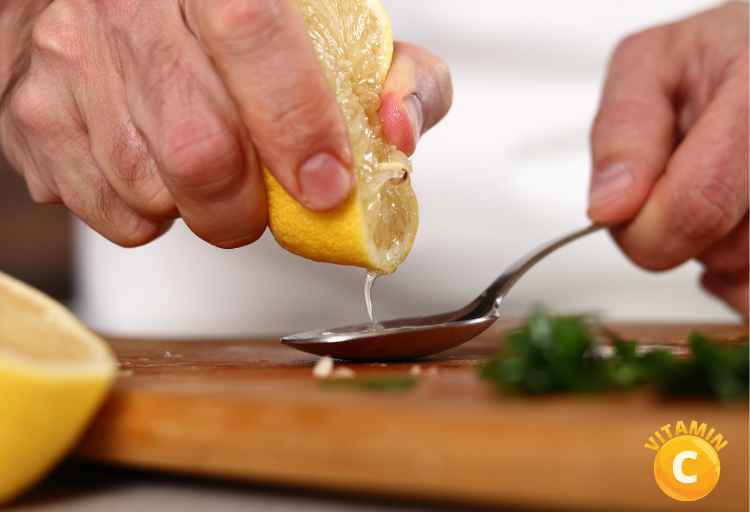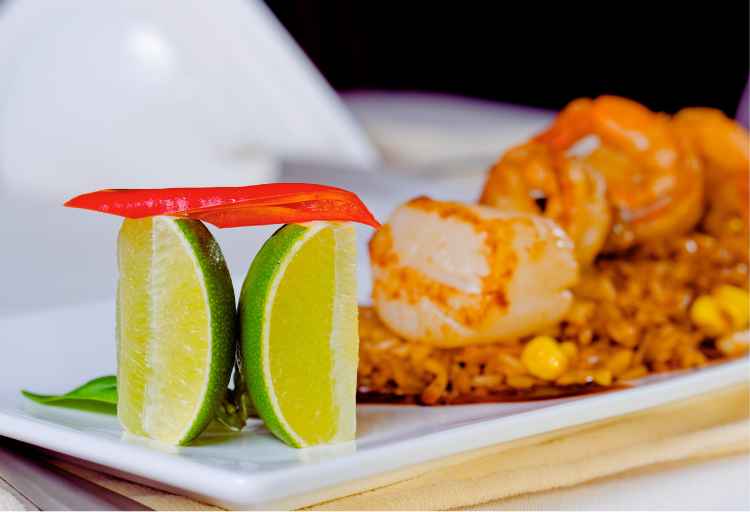Can You Grow Mangoes in Georgia? Exploring the Feasibility
When it comes to cultivating tropical fruits like mangoes, the thought of growing them in regions with non-tropical climates might seem like a distant dream.
Georgia, known for its diverse agricultural landscape, might not be the first place that comes to mind for mango cultivation.
However, with advancements in horticultural practices and climate considerations, the possibility of growing mangoes in Georgia is no longer entirely out of reach.
Can you grow mangoes in Georgia? Cultivating mangoes in Georgia’s non-tropical climate poses challenges due to cold temperatures. While some cold-hardy varieties might survive with protective measures, the region’s limited heat accumulation and soil conditions can hinder consistent fruit production.
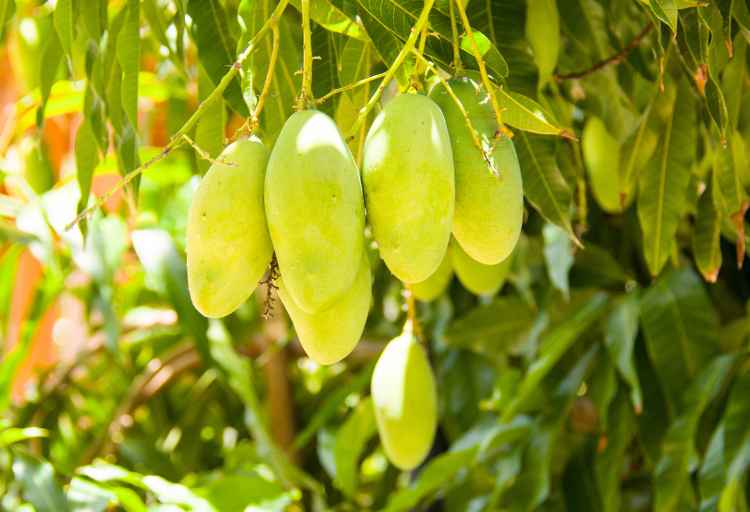
Contents
Can you grow mangoes in Georgia?
Understanding Mango Cultivation
Mangoes (Mangifera indica) are native to tropical and subtropical regions, where warm temperatures and ample sunlight are key components of their growth.
Typically grown in regions with USDA hardiness zones 10-11, mango trees require a frost-free climate and a prolonged warm season to thrive.
Climate Considerations
Climate Suitability in Georgia
Georgia’s climate varies across its regions, with the northern parts experiencing a humid subtropical climate and the southern parts bordering on a more Mediterranean-like climate.
While Georgia’s climate is generally warmer than some northern states, it still faces significant challenges when it comes to mango cultivation.
Temperature Requirements
Mango trees are sensitive to cold temperatures, and frost can be detrimental to their growth. They require consistent temperatures above 30°F (-1°C) to prevent damage.
The average low temperatures in Georgia’s winter months often fall below this threshold, which presents a significant obstacle.
Challenges of Growing Mangoes in Georgia
Cold Hardiness
One of the foremost challenges is the cold hardiness of mango trees. Georgia’s winter temperatures can dip below freezing, which can severely damage or kill mango trees.
While certain cold-hardy mango varieties have been developed, they might still struggle to survive prolonged cold snaps.
Growing Degree Days
Mangoes require a certain number of growing degree days (GDD) to produce fruit. GDD is a measure of heat accumulation over a specific temperature threshold during the growing season.
Georgia’s growing season might not provide enough GDD for mango trees to bear fruit consistently, further complicating their cultivation.
Soil and Drainage
Mangoes thrive in well-draining soil that’s slightly acidic to neutral.
Georgia’s soil composition varies widely, and ensuring optimal drainage might be a challenge, especially in regions with clay-heavy soils that retain moisture.
Strategies for Successful Mango Cultivation
Microclimates and Protected Cultivation
Creating microclimates within your garden can help simulate warmer conditions. South-facing walls, windbreaks, and heat-retentive materials can absorb and radiate warmth, offering some protection against cold snaps.
Additionally, using greenhouses or high tunnels can provide a controlled environment that mitigates temperature extremes.
Varietal Selection
Choosing the right mango varieties is crucial for success. Some cultivars are more cold-tolerant than others.
Varieties like ‘Ice Cream’ and ‘Valencia Pride’ have shown better resilience to cooler temperatures. Researching and selecting appropriate cultivars can improve the chances of successful cultivation.
Container Cultivation
Growing mangoes in containers offers the advantage of portability. During colder months, containers can be moved indoors or into protected spaces, providing the trees with the warmth they need.
However, careful attention to watering and fertilization is essential when growing mangoes in containers.
Conclusion
While Georgia’s climate presents challenges for cultivating mangoes, it’s not entirely impossible.
With the right strategies, varietal selection, and horticultural practices, determined gardeners and horticulturists can experiment with growing mangoes in the state.
However, it’s essential to recognize the limitations posed by the climate and the potential investment of time and resources required.
As climate patterns shift and horticultural techniques improve, the possibility of enjoying locally grown Georgia mangoes might inch closer to reality.
Frequently Asked Questions (FAQs)
Can mangoes be grown in Georgia’s climate?
Cultivating mangoes in Georgia’s climate is challenging due to cold winters and limited heat accumulation. Specialized varieties and protective measures are necessary for any potential success.
What are the main challenges of growing mangoes in Georgia?
The primary challenges include combating cold temperatures, ensuring sufficient growing degree days for fruiting, and addressing soil drainage issues to prevent waterlogging.
Are there mango varieties that can withstand Georgia’s climate?
Certain cold-hardy mango varieties, such as ‘Ice Cream’ and ‘Valencia Pride,’ exhibit better tolerance to Georgia’s conditions. Selecting the right variety is crucial for successful cultivation.
Can mangoes be grown indoors in Georgia?
Yes, growing mangoes in containers indoors or within greenhouses can offer more control over temperature and protection from harsh weather. This approach requires careful attention to watering and care.
What strategies can improve the chances of growing mangoes in Georgia?
Creating microclimates, using protective structures like greenhouses, selecting appropriate cold-resistant varieties, and ensuring well-draining soil can collectively enhance the likelihood of successful mango cultivation in Georgia.

